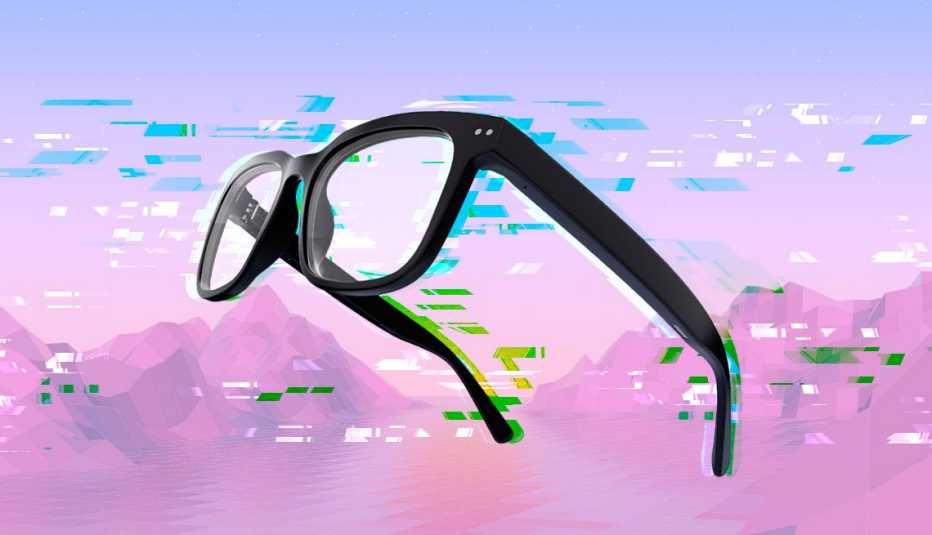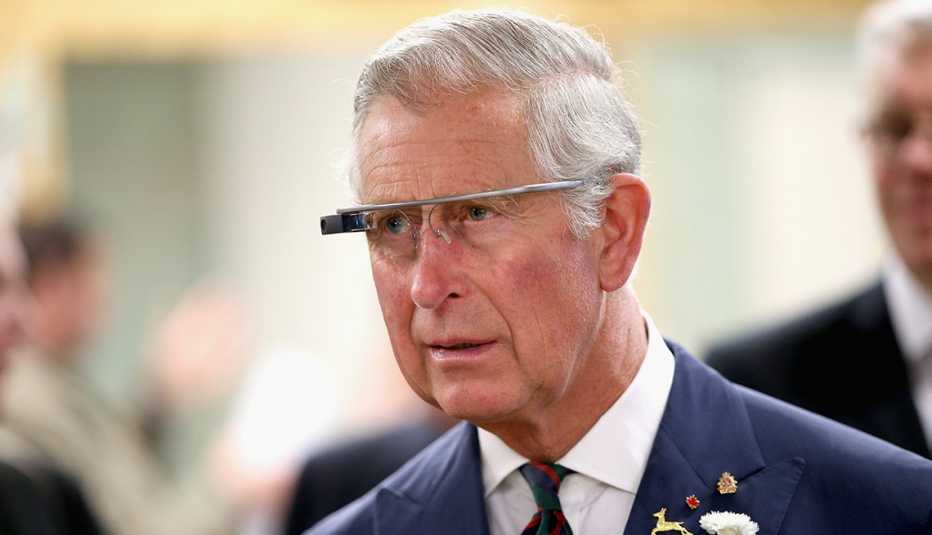AARP Hearing Center


Eyeglasses are all about seeing better, but a diverse and emerging class of “smart” glasses goes well beyond conventional optics and broadens the vision of what ordinary-looking glasses can do.
Some smart glasses sport digital displays that can reveal details about a landmark you come across or show you translated text. Some play music or podcasts through concealed speakers meant for you alone to hear, or they have cameras that let you snap pictures without having to pull a phone out of your pocket.
And some promise to not only correct your vision but help you hear better.
Smart glasses had blurry beginnings
Various iterations of smart glasses have been around for a while. The debut of Google Glass dates back more than a decade, but the product never caught on in the consumer market.
As a category, smart glasses haven’t gone mainstream, at least not yet. They’re expensive.
Some of the most promising devices are still prototypes. And face it, you never have to charge ordinary glasses.
Techies partner with fashionistas
Comfort and style matter, too. And frankly, some smart glasses have been dorky.
“The number one thing that you need to get right when you’re creating a consumer product that goes on your face is that it needs to be a consumer product that you’re willing to wear on your face,” says tech analyst Avi Greengart of Techsponential in New Jersey.
Learn more
Senior Planet from AARP has free online classes to help you discover more about artificial intelligence.
It’s why partnerships between venerable tech companies and iconic eyeglass brands represent “a great step forward,” he says.
Brand familiarity. For instance, Facebook’s parent company, Meta, has teamed with Ray-Ban on stylish $299 to $379 glasses that users can wear to make calls, listen to music and capture 12-megapixel ultrawide photos and videos that can be livestreamed on Facebook and Instagram. While wearing the glasses, people can talk with a digital assistant, Meta AI, that’s powered by artificial intelligence (AI).
Amazon joined forces with Italian eyeglass brand Carrera on $329.99 Echo Frames. Unlike Meta Ray-Bans, Echo Frames lack a camera. You can ask the Alexa voice assistant to play music or Audible books and double-check from afar that you locked the front door or turned off other smart home devices.
Device for your body. Anshel Sag, San Diego-based principal analyst at Moor Insights & Strategy, compares smart glasses to a “smartwatch on your face.”
“They can be very useful, especially to an older crowd,” he says.
Smart frames may augment a person’s ability to see by displaying larger text closer to the eye, Sag says. Or your glasses could read text messages aloud and send off the reply you dictate.







































































More From AARP
These 50 Smartphone Features Can Make Your Life Easier
Androids, iPhones race to be first with innovationsNew Standard Makes It Easier to Have a Smart Home
‘Matter’ is designed to end confusion about compatibility
Buying a New TV? Here Are the Phrases You Need to Know
Acronyms can confuse as you shop for next television
Recommended for You